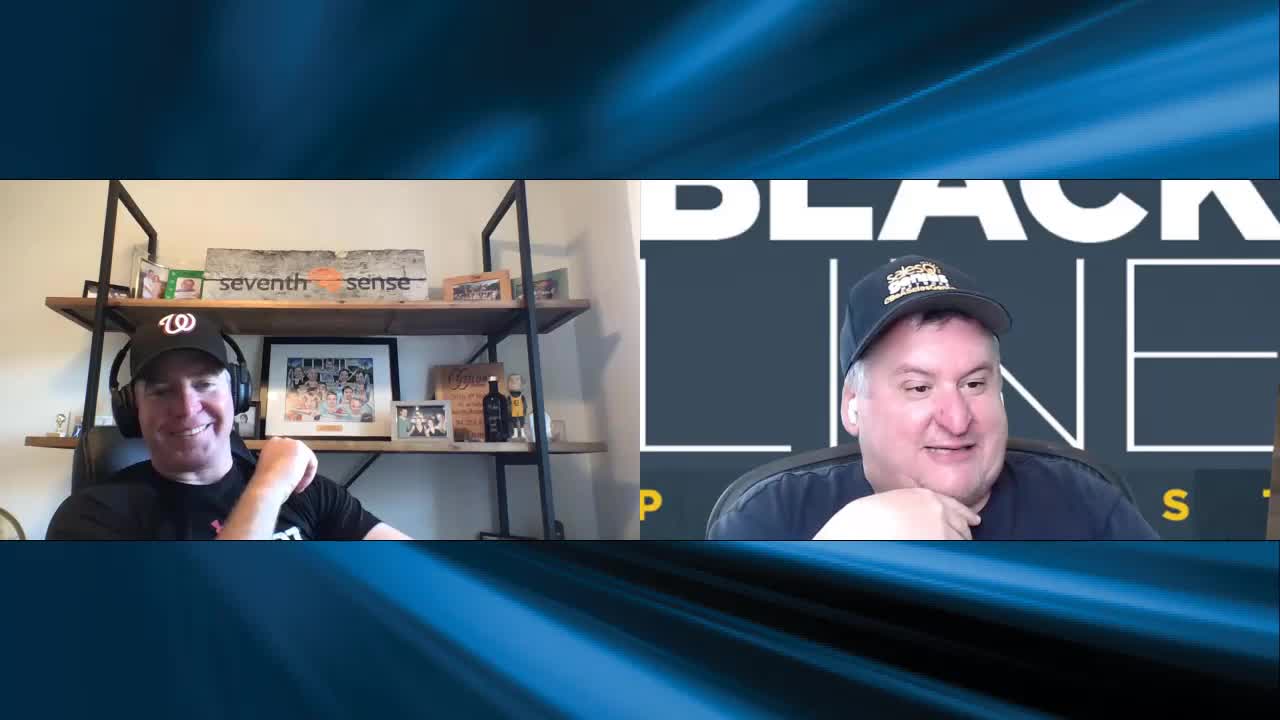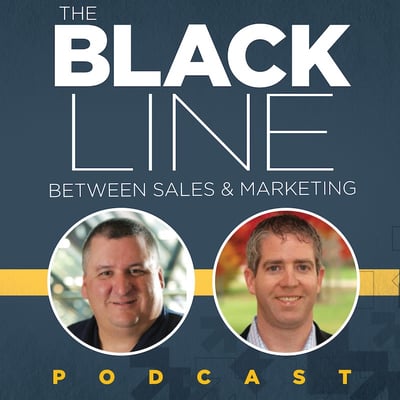There has been an explosion of State of [insert title name] Reports, to the point that when you look it up, there’s millions of results. We’re starting a new feature on the podcast where we’ll review these types of reports to help you understand what they mean, bring in application to what you should or shouldn’t do differently, and give you real commentary on them. If you have a report you’d like for us to review, let us know by emailing our Producer at hannah@imaginellc.com. This episode, we’re taking a look at the State of Proposals 2021 - Analysis and Insight to Dominate Your Deals from Proposal to Close.

Audio:
Show Notes

Editor's Note: If you haven't already, leave the podcast a review either on Apple Podcasts or Spotify.
We’ve done other report reviews like this in other episodes. If you would like to check them out, you can find them here:
Episode 65: MarTech 2030...The Implications
Episode 66: Gartner’s Report: The Future of Sales - What We Think
BIG NEWS:
Before we get into the review of The State of Proposals 2021, we have to talk about Under Armor and Nike. Stay with us here, it comes full circle at the end of the episode. Nike ends up winning their game because they aren’t fashion. Doug also doesn’t think that Under Armor had a game to play because they’ve always been trying to play the Nike game. They [Under Armor] have no unique differentiation, unlike Nike who has found the unique element in each story they tell. This story comes full circle when Mike and Doug start discussing financial engineering later on.
The report we’re looking at today was put out by Proposify, a proposal tech tool that gives you control and insight into the design, sign-off and more of your proposals. The report is based off of 2.6 million sales docs in the Proposify database, including 510,148 documents sent in 2020 alone.
What is a proposal?
A proposal, according to Doug, is whatever you want it to be. The document you send that memorializes, catalogs, or lays out what is being offered. This can include the price of the product/services and the commitment to buy or not buy. Some are broad and expansive, some are part of an assessment that includes recommendations. Sometimes it’s just a simple document like a quote that includes the terms and conditions like a contract.
Why wouldn’t you send a proposal?
The thing is, you’re never going to know if you’re missing people in the decision process. Mike finds that proposals are a crutch, and to that Doug asks, “So what?” You can take what you used to have on your site and put it in a document and spread it online and offline. A good proposal tells your story. Without a proposal, prospects now have to recall what they heard, and they’re only going to remember the things they wanted to. If they had a proposal, they could all reference the document and be on the same page. Buying is scary online because there is nothing to show them what they’re going to get. They make people feel a little more secure.
When you create a proposal, you want to include these items, according to the State of Proposals 2021:
- Cover Page
- Executive Summary
- Approach/Solution
- About Us/Our Team
- Deliverables
- Pricing
- Terms & Conditions/Sign-Off
Key Finding #1: In a Year Defined By Unpredictability, Sales Teams Adopted - And Won
Mike is skeptical of this chart because there isn’t any real physical numbers on the y-axis, nor does it show how many companies contributed to the amount of proposals. To him there are a lot of unknowns when it comes to the first chart. But to Doug this is interesting because it looks like the percentage of won proposals is around 30% (give or take, it’s an estimate). This shows that salespeople are having a problem because if you send a proposal and lose that sucks as you put in a lot of work only to lose the sale. That’s a valuable metric to see, and makes you wonder, are there opportunities that we shouldn’t be proposing on or should have done something to recalibrate?
At this point Mike still feels like he has a disconnect to proposals, so the discussion shifts to clear things up for him. A proposal gets built over time and through the sales process. What makes the document a proposal is the specific scope of work, deliverables, pricing, and the approval. A quote could meet the condition of what we’re talking about, but a proposal is an educated document. It should be your last step because that’s the point where you are asking for the person to buy, and you’re making a promise to them.
Finding #2: Proposals with images close at a higher rate
Doug would be curious to see how many images should be included in a proposal, and what kind should they be. I there a place where you get to too many images? And are these stock images, clip art, illustrations (screenshots and/or highlights showing the problem), or something else?
Finding #3: Deal velocity is increasing
There are two things here: companies are addicted to speed, and if proponents are opening faster, then proposal openings should be shooting up (shown in the first graph), but they aren’t. This is saying that we have a high predisposition to buy which further supports not closing more deals.
Tools like Proposify are great, but they are efficiency multipliers. Salespeople should stop and think about how much of their proposal they want to be pre-built so they can allocate more time to deliver meaningful insights. Instead they could be skipping steps and sending bad proposals.
Finding #4: Proposals that don't close get more attention than those that do
The biggest thing about sending proposals is to make sure that yours includes an Esignature because they make it easy and more likely to close as it saves a bunch of steps. It is an absolute must have.
Also, consider putting your proposal in a deck form because having it in portrait mode tends to make it feel too much like a contract. Doing so also allows you to control more of the story.
Finding #5: Discounting can be a viable strategy, but there’s a limit to its effectiveness
This is the point where Doug agrees that the data is becoming too much. The data is saying that most people are discounting 30% so that they can win 3% more, but why are they doing that?
We talk about optimizing revenue and that we’re solving for revenue, but no one ever pivots the data to that, it’s all about the end value. It would be interesting to see what these numbers are looking at the dollar value instead.
Videos in Proposals
Even though video is becoming a bigger thing for companies, don’t send a video in a proposal unless you are walking through the proposal itself. Financial engineering comes into play at the proposal stage, and you should make sure that the C-suite has the ability to read through your proposal with ease. (This is where the Under Armor/Nike discussion comes full circle.) You lose the ease when you send a video because decision makers still enjoy PDFs and spreadsheets because they can print them out and have a physical copy. By putting a video in the mix, you make it harder for them to be able to print out the document, and you’re giving them an extra step to either transcribe the video or have to go back through and watch it.
TAKEAWAYS:
Mike - For my business, I'm going to reconsider my stance on proposals.
Doug - Don't send shitty proposals.

 Doug Davidoff
Doug Davidoff